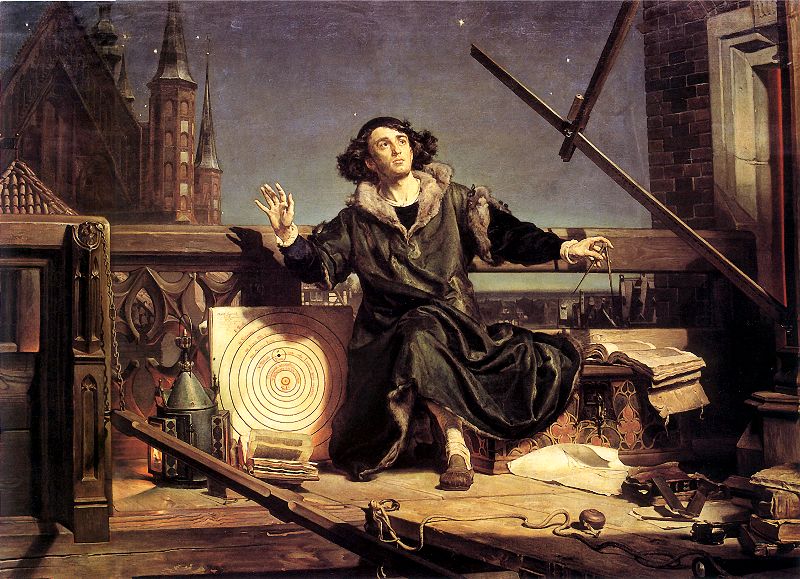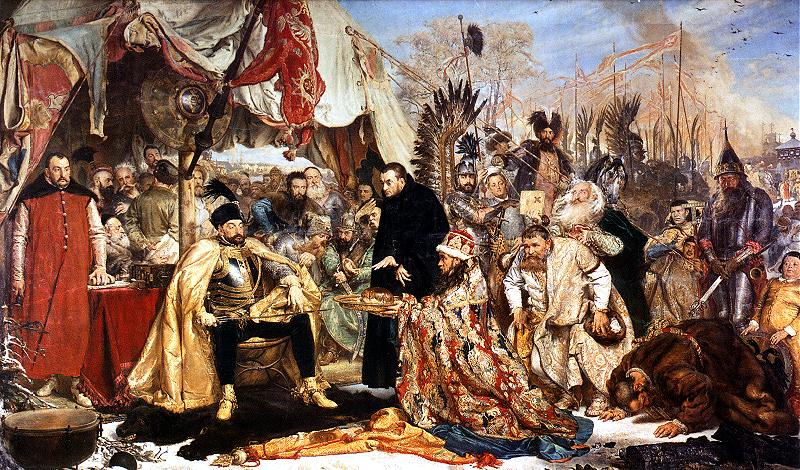
When was the best time in history of your country?
Gummo
- Status
- Not open for further replies.
21 - 40 of 556 Posts
For Romania, right now.
Bosnian state during king Tvrtko 1353-1391
![Image]()

Joined
·
20,930 Posts
^^ :cheers:For Romania, right now.
IMO apart from the above :cheers: ... 1918 to 1940

http://en.wikipedia.org/wiki/Greater_Romania
Joined
·
2,345 Posts
For Romania: 1859-1945. The period with the highest progress. Reforms, constructions, culture etc.
And I agree with d29: now we start to see a new period like this.
BTW: is strange, but somehow normal in a weird way for balkans and EE to regard their historical peak as the point wher they rule the next country.
Even if it was just some moments. hno: :bash:
hno: :bash:
And I agree with d29: now we start to see a new period like this.
BTW: is strange, but somehow normal in a weird way for balkans and EE to regard their historical peak as the point wher they rule the next country.
Even if it was just some moments.
I hadn't realized this thread was about when the size of one's country was "the biggest" but about quality of life. I'm actually willing to hand you some counties out of Romania if that'll make me live better.
And although Romanians might say that the period between the World Wars was the best because in relative terms we were actually above average in Europe, in absolute terms this is it.
And although Romanians might say that the period between the World Wars was the best because in relative terms we were actually above average in Europe, in absolute terms this is it.
Joined
·
13,642 Posts
For Albania, the Monarchy Years (1928-1939) have to be considered the best time in its history.
Joined
·
20,930 Posts
^^ Yep ... today we're under 40% (EU). And only a couple of months ago we reached the level of 1989I hadn't realized this thread was about when the size of one's country was "the biggest" but about quality of life. I'm actually willing to hand you some counties out of Romania if that'll make me live better.
And although Romanians might say that the period between the World Wars was the best because in relative terms we were actually above average in Europe, in absolute terms this is it.
for my old country (yugoslavia) it was 80' I beleive, for my new country (republika srpska) it's right now
Joined
·
48,979 Posts
I agree with Mimar, the best period for Bosnia was during king Tvrtko I when we had some territories of Croatia and Serbia :devil:
Joined
·
3,558 Posts
SkaNdErBeG:lol: :lol:
are you with your mind?the other Albanian almost said all the Byzantine Emperors that they were Illyrians and you're telling ME to be more critical?please give me a brake...pfff
are you with your mind?the other Albanian almost said all the Byzantine Emperors that they were Illyrians and you're telling ME to be more critical?please give me a brake...pfff
Joined
·
2,225 Posts
Hmmm, hard question...
I have three variants: now, 19th century, 9-10th century.
Probably 19th century is best after all.
I have three variants: now, 19th century, 9-10th century.
Probably 19th century is best after all.
Joined
·
2,171 Posts
Republika Srpska is not a country.for my old country (yugoslavia) it was 80' I beleive, for my new country (republika srpska) it's right now
the byzantine empire lasted for almost 1000 years. only it's first few emperors were illyrian aka albanian, nowhere near all. you need to learn to read.SkaNdErBeG:lol: :lol:
are you with your mind?the other Albanian almost said all the Byzantine Emperors that they were Illyrians and you're telling ME to be more critical?please give me a brake...pfff
Joined
·
33,449 Posts
Hmmm, hard question...
I have three variants: now, 19th century, 9-10th century.
Probably 19th century is best after all.
The center of Russian capital in 9-10th centuries

:lol:
Joined
·
48,979 Posts
now there there, we dont wanna spoil someones imagination now do we?Republika Srpska is not a country.
Joined
·
654 Posts
why dont you tire your hands by explaining your own historical period rather than tell us whats pathetic and whats not???SkaNdErBeG:lol: :lol:
are you with your mind?the other Albanian almost said all the Byzantine Emperors that they were Illyrians and you're telling ME to be more critical?please give me a brake...pfff
Joined
·
2,225 Posts
Good picture of Kiev, thought i don't understand why Oleg of Novgorod decided to move capital of the ancient russian state there, after conquering it. There is nothing but pigs. I guess Oleg liked pigs.The center of Russian capital in 9-10th centuries
![Image]()
:lol:
Joined
·
8,553 Posts
Polish golden age
Polish Golden Age refers to the times from 15th century Jagiellon Poland to mid-17th century, when in 1648 the Polish-Lithuanian Commonwealth was ravaged by the Chmielnicki Uprising and The Deluge and the Golden Age ended.
The sixteenth century was perhaps the most illustrious phase of Polish cultural history. During this period, Poland-Lithuania drew great artistic inspiration from the Italians, with whom the Jagiellon court cultivated close relations. Styles and tastes characteristic of the late Renaissance were imported from the Italian states. These influences survived in the renowned period architecture of Kraków, which served as the royal capital until that distinction passed to Warsaw in 1611. The University of Kraków gained international recognition as a cosmopolitan center of learning, and in 1543 its most illustrious student, Nicolaus Copernicus (Mikolaj Kopernik), literally revolutionized the science of astronomy.
The period also bore the fruit of a mature Polish literature, once again modeled after the fashion of the West European Renaissance. The talented dilettante Mikolaj Rej was the first major Polish writer to employ the vernacular, but the elegant classicist Jan Kochanowski (1530-1584) is acknowledged as the genius of the age. Accomplished in several genres and equally adept in Polish and Latin, Kochanowski is widely regarded as the finest Slavic poet before the nineteenth century.
![Image]()
Copernicus
![Image]()
The Prussian Homageor Tribute (1525) - Albert of Prussia as duke of the Polish fief of Ducal Prussia (in the market of the Polish capital Kraków, Albert resigned his position as Grand Master to become a Lutheran and receive the title "Duke of Prussia" from King Zygmunt I the Old of Poland.)
![Image]()
Lublin Union (1569) - united the Kingdom of Poland and the Grand Duchy of Lithuania into a single state, the Polish-Lithuanian Commonwealth.
![Image]()
King Batory at Pskow
(In 1581 Polish king Stefan Batory penetrated to the very heart of Muscovy and, on August 22, laid siege to the city of Pskov)
![Image]()
Polish hussars
![Image]()
Polish Golden Age refers to the times from 15th century Jagiellon Poland to mid-17th century, when in 1648 the Polish-Lithuanian Commonwealth was ravaged by the Chmielnicki Uprising and The Deluge and the Golden Age ended.
The sixteenth century was perhaps the most illustrious phase of Polish cultural history. During this period, Poland-Lithuania drew great artistic inspiration from the Italians, with whom the Jagiellon court cultivated close relations. Styles and tastes characteristic of the late Renaissance were imported from the Italian states. These influences survived in the renowned period architecture of Kraków, which served as the royal capital until that distinction passed to Warsaw in 1611. The University of Kraków gained international recognition as a cosmopolitan center of learning, and in 1543 its most illustrious student, Nicolaus Copernicus (Mikolaj Kopernik), literally revolutionized the science of astronomy.
The period also bore the fruit of a mature Polish literature, once again modeled after the fashion of the West European Renaissance. The talented dilettante Mikolaj Rej was the first major Polish writer to employ the vernacular, but the elegant classicist Jan Kochanowski (1530-1584) is acknowledged as the genius of the age. Accomplished in several genres and equally adept in Polish and Latin, Kochanowski is widely regarded as the finest Slavic poet before the nineteenth century.

Copernicus

The Prussian Homageor Tribute (1525) - Albert of Prussia as duke of the Polish fief of Ducal Prussia (in the market of the Polish capital Kraków, Albert resigned his position as Grand Master to become a Lutheran and receive the title "Duke of Prussia" from King Zygmunt I the Old of Poland.)

Lublin Union (1569) - united the Kingdom of Poland and the Grand Duchy of Lithuania into a single state, the Polish-Lithuanian Commonwealth.

King Batory at Pskow
(In 1581 Polish king Stefan Batory penetrated to the very heart of Muscovy and, on August 22, laid siege to the city of Pskov)

Polish hussars

Joined
·
2,225 Posts
In that period, poles even held Moscow for a short time.Polish golden age
Polish Golden Age refers to the times from 15th century Jagiellon Poland to mid-17th century, when in 1648 the Polish-Lithuanian Commonwealth was ravaged by the Chmielnicki Uprising and The Deluge and the Golden Age ended.
The sixteenth century was perhaps the most illustrious phase of Polish cultural history. During this period, Poland-Lithuania drew great artistic inspiration from the Italians, with whom the Jagiellon court cultivated close relations. Styles and tastes characteristic of the late Renaissance were imported from the Italian states. These influences survived in the renowned period architecture of Kraków, which served as the royal capital until that distinction passed to Warsaw in 1611. The University of Kraków gained international recognition as a cosmopolitan center of learning, and in 1543 its most illustrious student, Nicolaus Copernicus (Mikolaj Kopernik), literally revolutionized the science of astronomy.
The period also bore the fruit of a mature Polish literature, once again modeled after the fashion of the West European Renaissance. The talented dilettante Mikolaj Rej was the first major Polish writer to employ the vernacular, but the elegant classicist Jan Kochanowski (1530-1584) is acknowledged as the genius of the age. Accomplished in several genres and equally adept in Polish and Latin, Kochanowski is widely regarded as the finest Slavic poet before the nineteenth century.
21 - 40 of 556 Posts
- Status
- Not open for further replies.
You have insufficient privileges to reply here.
-
?
-
?
-
?
-
?
-
?
-
?
-
?
-
?
-
?
-
?
-
?
-
?
-
?
-
?
-
?
-
?
-
?
-
?
-
?
-
?
- posts
- 146M
- members
- 1.1M
- Since
- 2002
A truly global community dedicated to skyscrapers, cities, urban development, and the metropolitan environment. Join us to share news, views and fun about architecture, construction, transport, skylines, and much more!
Top Contributors this Month
View All
christos-greece
2.7K Replies
Srdjan Adamovic
1.8K Replies
kunming tiger
1.5K Replies




